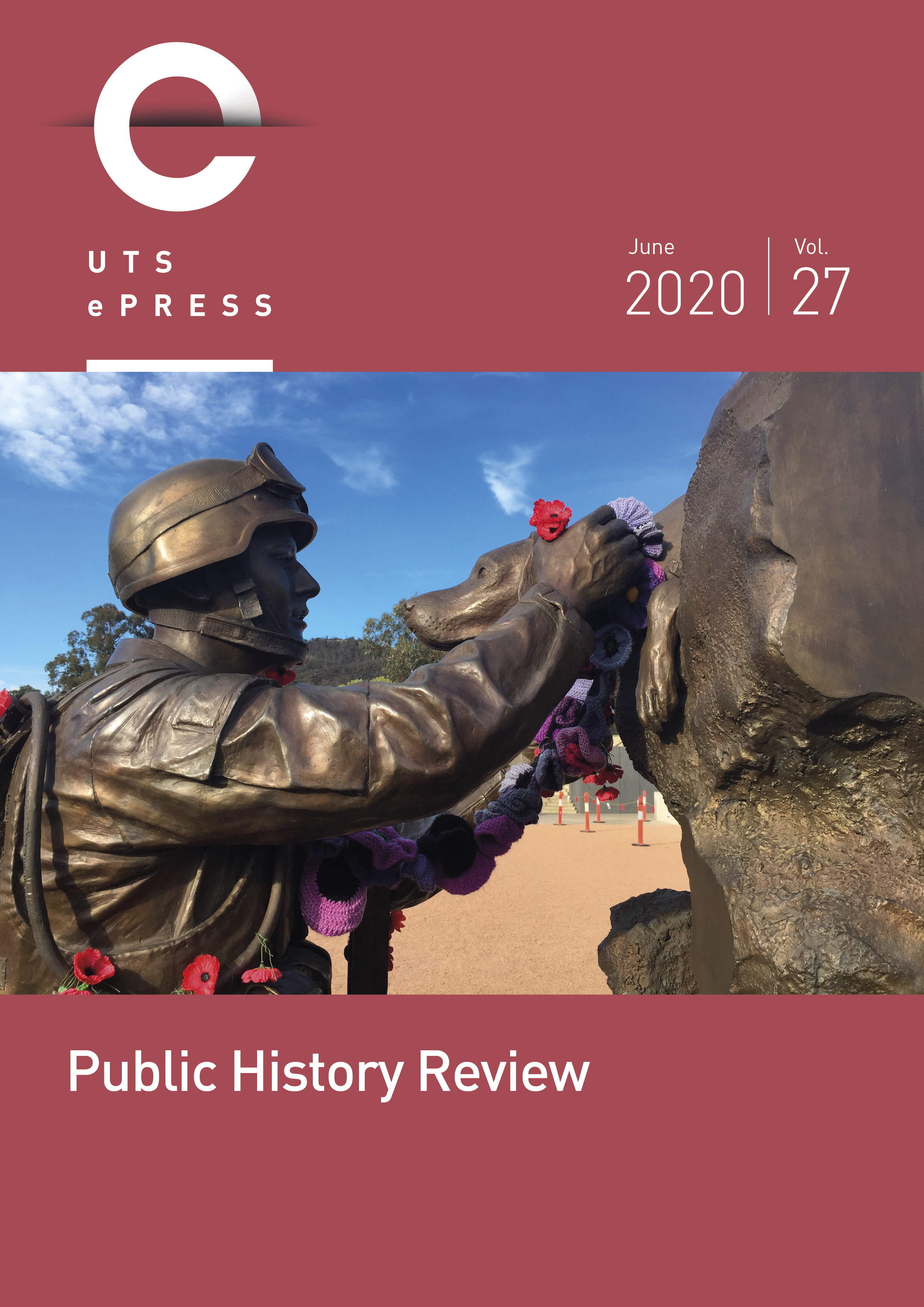The 1935 Hsinchu-Taichung Earthquake Natural Disasters as Public History
Main Article Content
Abstract
The history of natural disasters in Taiwan has frequently been linked to the practice of historical preservation, archival science, oral history, and museum curatorship. All are collectively hallmarks of a broad range of activities that fall under the umbrella of public history. The problem for Taiwan, however, concerns the legitimacy. Taiwan does not have a single national narrative. It has been subjected to waves of colonialism since the seventeenth century and does not presently have a fully post-colonial narrative. The earthquakes discussed in this paper occurred in two different periods of colonisation. In order to situate the history of earthquakes into a public history discourse, the field of earthquake-based research in Taiwan has to incorporate different audiences and integrate into a much broader understanding. By this, I mean that the present regimental academic disciplines in Taiwan need to be cross disciplinary, especially since public history is by its very nature collaborative. It illuminates a shared authority over a much wider area. It needs to. It is my argument that it is in digital humanities that Taiwanese academics work best in collaboration. Efforts have been made to digitise the personal experiences of those involved in typhoon reconstruction efforts. A natural synergy, therefore, for the understanding of earthquakes, as public history, is to emphasise access and broad participation in the creation of knowledge. Digital humanities enables this. Attention to this is particularly important in historical preservation of particular sites on an island that frequently develops and re-develops brownfield sites.
Article Details
Issue
Section
Authors who submit articles to this journal from 31st March 2014 for publication, agree to the following terms:
a) Authors retain copyright and grant the journal right of first publication with the work simultaneously licensed under a Creative Commons Attribution License that allows others to share and adapt the work with an acknowledgement of the work's authorship and initial publication in this journal.
b) Authors are able to enter into separate, additional contractual arrangements for the non-exclusive distribution of the journal's published version of the work (e.g., post it to an institutional repository or publish it in a book), with an acknowledgement of its initial publication in this journal.
c) Authors are permitted and encouraged to post their work online (e.g., in institutional repositories or on their website) prior to and during the submission process, as it can lead to productive exchanges, as well as earlier and greater citation of published work (See The Open Access Citation Advantage Service). Where authors include such a work in an institutional repository or on their website (ie. a copy of a work which has been published in a UTS ePRESS journal, or a pre-print or post-print version of that work), we request that they include a statement that acknowledges the UTS ePRESS publication including the name of the journal, the volume number and a web-link to the journal item.
d) Authors should be aware that the Creative Commons Attribution (CC-BY) License permits readers to share (copy and redistribute the work in any medium or format) and adapt (remix, transform, and build upon the work) for any purpose, even commercially, provided they also give appropriate credit to the work, provide a link to the license, and indicate if changes were made. They may do these things in any reasonable manner, but not in any way that suggests you or your publisher endorses their use.
For Vol 20 (2013) and before, the following copyright applied:
Authors submitting articles to UTSePress publications agree to assign a limited license to UTSePress if and when the manuscript is accepted for publication. This license allows UTSePress to publish a manuscript in a given issue. Articles published by UTSePress are protected by copyright which is retained by the authors who assert their moral rights. Authors control translation and reproduction rights to their works published by UTSePress. UTSePress publications are copyright and all rights are reserved worldwide. Downloads of specific portions of them are permitted for personal use only, not for commercial use or resale. Permissions to reprint or use any materials should be directed to UTSePress.
